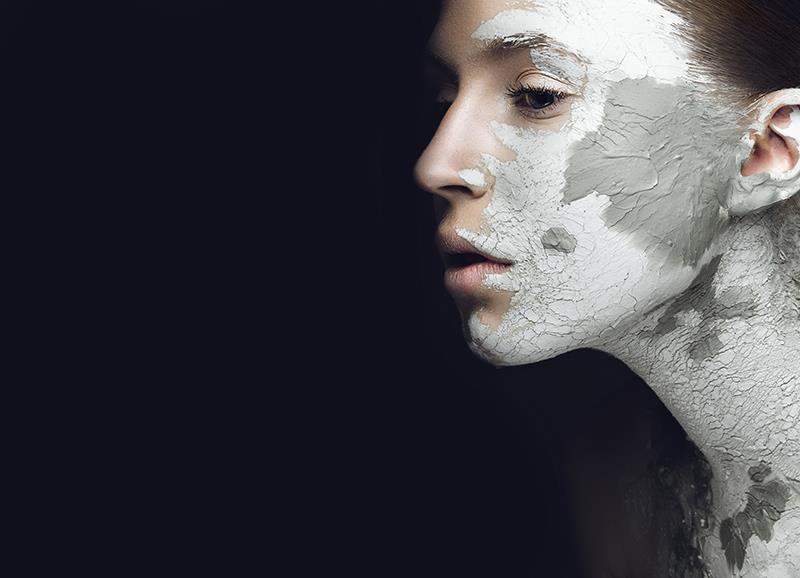Subgroup analysis bolsters trifarotene role in acne scar management





A post hoc analysis of a phase IV study presented at EADV 2024 underscores the ability of the fourth-generation retinoid trifarotene to reduce atrophic acne scars across all skin types, with a more profound effect among individuals with higher baseline acne and acne scarring severity.
“[In] acne patients, after putting out the fire and the acne is better, they are worried about scarring and pigmentation,” said Dr Jerry Tan from the University of Western Ontario, Windsor, Ontario, Canada. “Hence, we wanted to focus on the effect of trifarotene, which has already shown its efficacy in phase III studies, on atrophic acne scars.”
“[In this study,] trifarotene continues to demonstrate its effectiveness as a treatment option for a broad spectrum of acne patients, reducing the appearance of active acne and atrophic acne scars, which may positively impact self-esteem and quality of life,” said Tan.
This subgroup analysis included 121 patients (mean age 22.9 years, 72.7 percent women) with moderate-to-severe acne (IGA* 3–4) and atrophic acne scars (>2 mm) treated with trifarotene 50 μg/g or vehicle cream. A third of the participants had Fitzpatrick skin phototype II. [EADV 2024, abstract 1096]
Across age quartiles, the improvement in atrophic acne scar counts with trifarotene always exceeded vehicle, with the greatest reduction in the oldest quartile (>27 years; least squares mean [LSM] 8 vs 2.8; p=0.0005). The corresponding LSM values in the youngest quartile (≤18 years) were 4.6 vs 1.4 (p=0.0286). Similar patterns were seen among those aged >18–22 (LSM, 5.9 vs 3.3; p=0.0007) and >22–27 years (LSM, 5.6 vs 3.4; p=0.0348).
It was the same with Fitzpatrick skin phototype, said Tan, as all subgroups had greater improvements in atrophic acne scar counts with trifarotene vs vehicle. However, the differences were only significant in phototypes II–IV (LSM, 5.5 vs 3.2; p=0.0103 [II], 5.9 vs 1.5; p=0.0006 [III], and 6 vs 3.2; p=0.0390 [IV]). “[Nonetheless,] one of the questions we get is whether trifarotene works as well in darker phototypes than lighter ones. Here, we see that it does,” he noted.
There were also significant improvements in atrophic acne scar counts with trifarotene vs vehicle across baseline SGA* (LSM, 4.3 vs 3; p=0.0275 [SGA 2] and 7.2 vs 3.1; p=0.0002 [SGA 3]) and IGA subgroups (LSM, 5.6 vs 2.8; p<0.0001 [IGA 3]). The greatest improvements were seen in the ‘Severe’ subsets (LSM, 9.5 vs 0.3; p<0.001 [SGA 4] and 8.7 vs 2.3; p=0.0004 [IGA 4]).
The improvements in atrophic acne scarring with trifarotene vs vehicle were similar in females (–5.9 vs –2.9) and males (–6 vs 2.4; p<0.006 for both).
Individuals classified as ‘White’ or ‘Asian’ had greater improvements in atrophic acne scarring with trifarotene vs vehicle (–5.8 vs –2.7; p<0.001 and –8 vs –2.3; p=0.0501).
Trifarotene was also favoured over vehicle among those categorized as ‘Black,’ but the between-group difference was not significant (–5.5 vs –4.1; p=0.5142). However, Tan noted that given the “very few Black patients, this may be a sample size issue rather than a true efficacy issue.”
Takeaways
“It is important for us to continue developing treatments for patients with acne scarring because they are so bothered by it after their acne has subsided,” Tan stressed.
“Trifarotene is one of the newer options available. It is effective across age ranges, genders, and severities at baseline in terms of acne and scar global severities. Hopefully, this [provides clinicians with] an additional option to help patients as they come off therapy,” he continued.
He added that should the scar treatments fall short in delivering improvements, the next goal would be to determine “how we can move on to repair procedures such as microneedling and laser treatments. It is important for clinicians to know that [these are] readied by topical retinoids because they increase fibroblast activity [and enhance] procollagen and collagen [synthesis].”